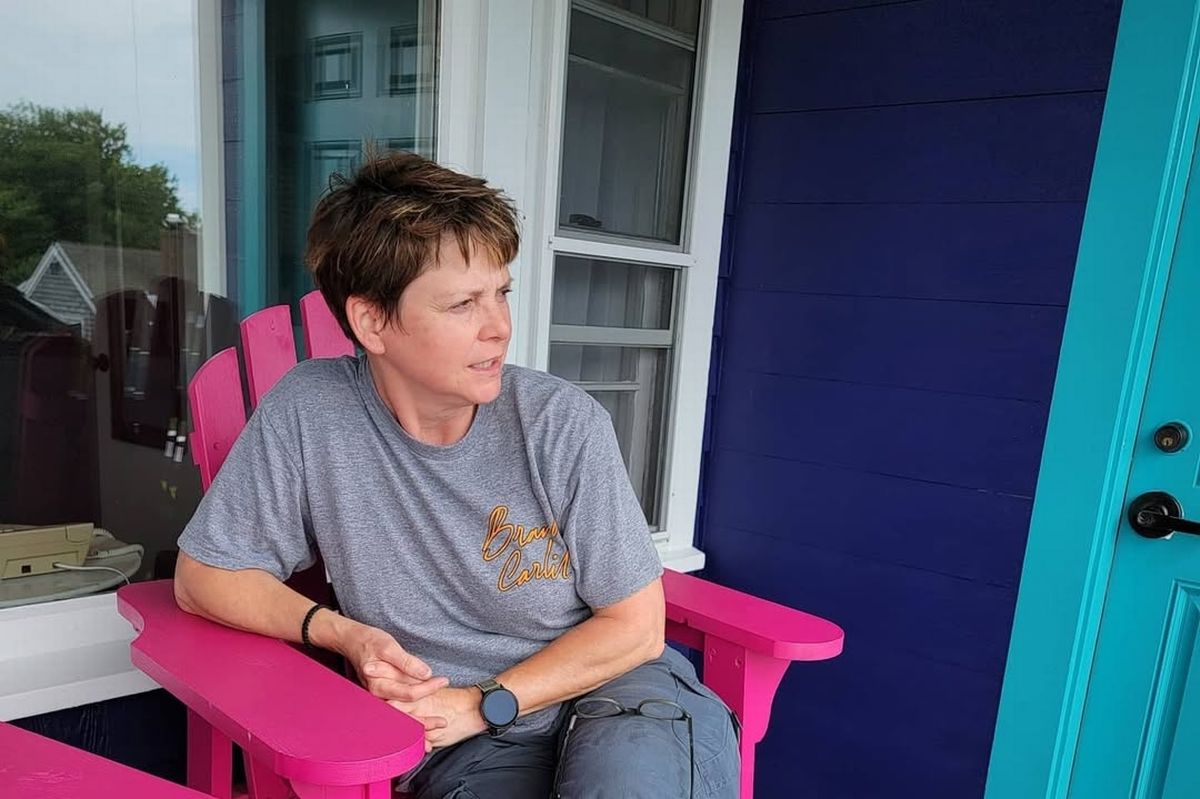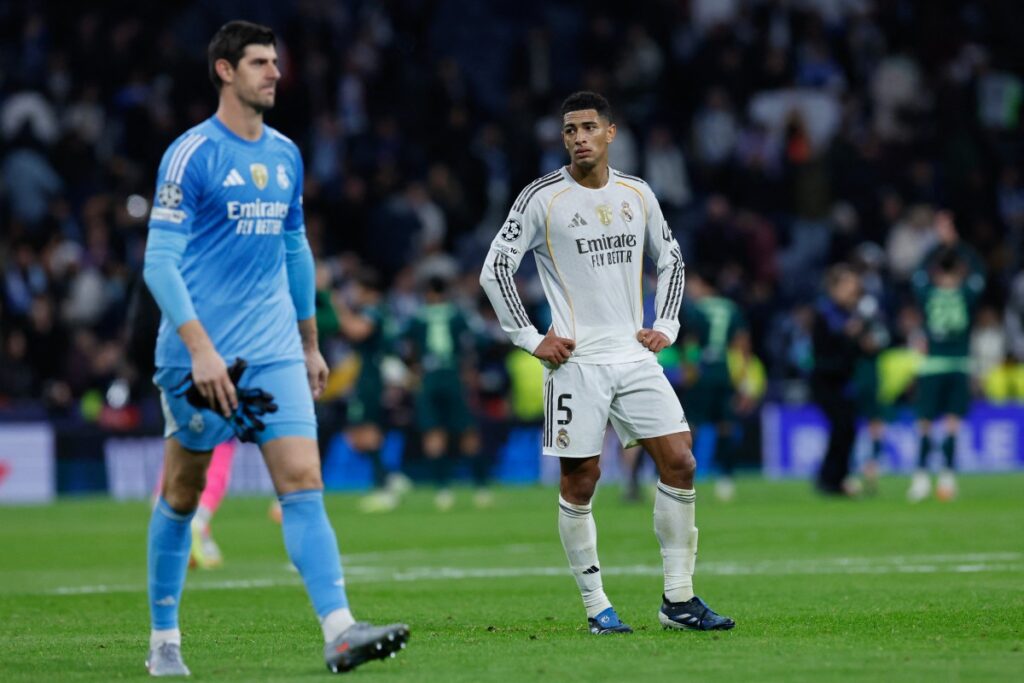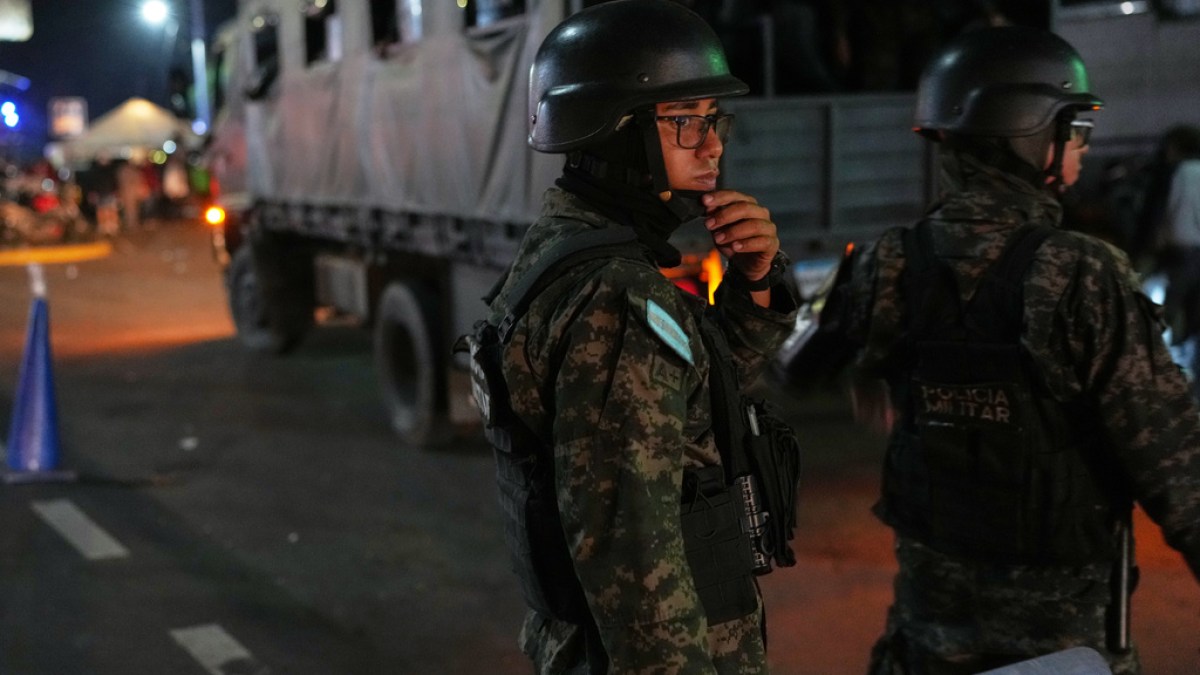One star of the hit series The Marvelous Mrs Maisel has died after suffering a head injury following a horror collision with a Cadillac whilst crossing the road in New York City
A star of the hit series The Marvelous Mrs Maisel has died after being hit by a car. The actor suffered a head injury after being struck by a Cadillac whilst crossing the road in New York.
Wenne Alton Davis died aged 60 on Monday (8 December). The actor had been taken to Mount Sinai hospital after being struck by the vehicle as they crossed.
They had been on their way to meet a friend for dinner and a film when the collision happened. The 61-year-old driver of the car remained at the scene, which was only blocks from Radio City and the Rockefeller Centre, and was not charged over the crash.
READ MORE: Netflix unveils ‘inspirational’ new Cinderella filmREAD MORE: Who is in the cast of Mr Mercedes on Netflix?
It was reported that the driver of the vehicle hit the actor when he turned onto West 53rd Street. Wenne is thought to have had right of way when they crossed the street.
Another friend of the actor, Edward Reynoso, told New York Daily News that the accident happened just hours after Wenne had told him they loved him. Edward said the actor told him: “I love you, I appreciate you.” He said it felt like they were saying goodbye.
He added that he became worried after not hearing from Wenne later that evening, stating that they always texted their friend when they left and arrived home. “I didn’t receive any text or anything and I found it weird,” Edward said. He later added: “I’m numb to tell you the truth. I can’t believe it.”
Wenne was best known for playing a police officer in the Amazon Prime series The Marvelous Mrs Maisel. They have also been in shows such as Blindspot and medical drama New Amsterdam.
The actor last posted to their Instagram in November, with a post dedicated to their family members who had served in the army. In the comments section, fans have posted their condolences. “Rest in peace,” said one fan. Another added: “Rest easy sweet person.”
Wenne was born 18 October, 1965, in Durham, North Carolina. They moved to New York to pursue stand-up comedy and worked as an actor as well as in security for John F Kennedy International Airport.
Their agent, Jamie Harris, told Metro: “‘I can only describe Wenne Davis as a bright light.” Jamie added that Wenne “had a huge love for New York, for acting” and, above all, their friends and family.













